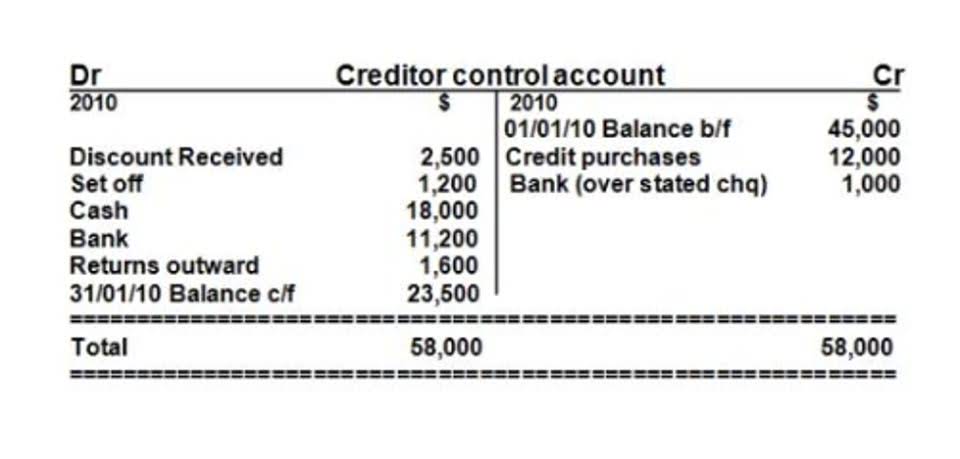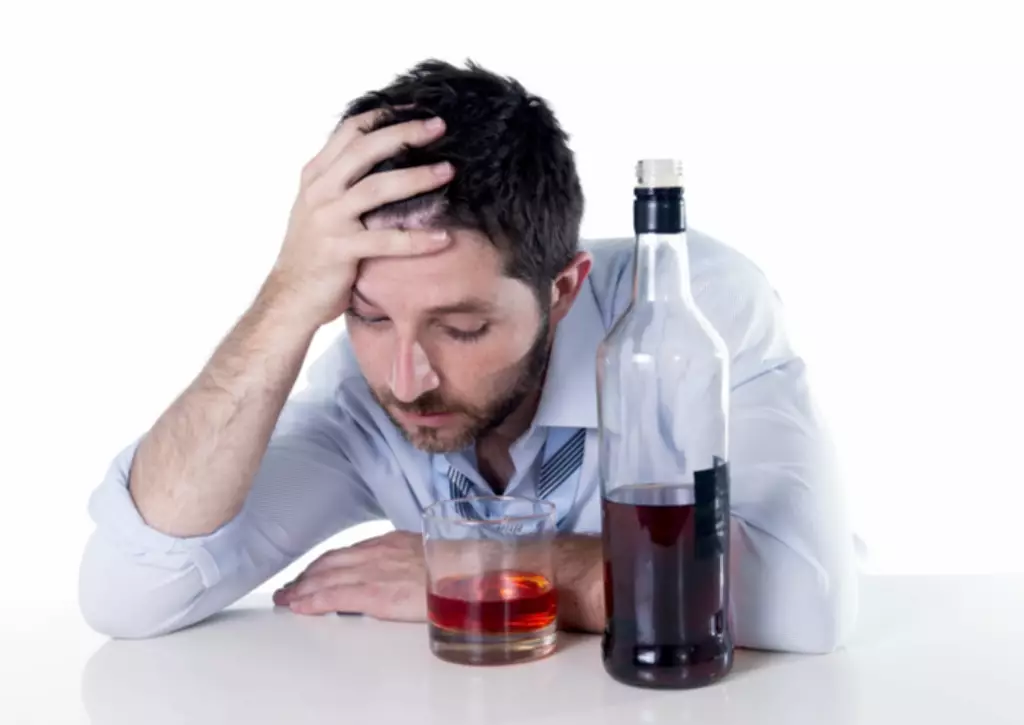
Send an estimate to your customer to get them on the same page, and they can even accept the estimate from online. FreshBooks supports every part of your business from estimates/quotes to invoices in one easy to use, complete package. FreshBooks makes it quick and easy for your customers accounting to pay you straight from the invoice. In just a few simple clicks your customers can pay with their credit card so that they don’t have to remember the checkbook every time.
Business Consulting

When you need to upgrade your childcare accounting, software is a great option. Get a full understanding of your company finances and make profitable business decisions based on revenue flow. Maintain a record of your vendors, payment terms and standard expense categories like classroom supplies, maintenance, utilities and rent. Then establish a budget, enter beginning balances, select a fiscal year and reconcile your checkbook.

Childcare Accounting: An Introductory Guide

If so, it might make sense to hire a professional accountant or tax preparer. They will help you estimate your tax payments, get set up with the right payment method, resolve issues, prepare your tax return, and otherwise make paying your taxes a stress-free process. Using affordable accounting software to manage your finances professionally is recommended—without the high costs of hiring a professional bookkeeper. Starting a home child care business is a great way to keep overhead low and you can qualify for some money-saving tax breaks. You can deduct the portion of your home that’s used for your daycare business, plus your home internet, cell phone, and vehicle (if used for business purposes).
RMJR Tax and Accounting675 Drewry Street NEAtlanta, GA 30306( 301-9808
- Let’s dive in and explore how efficient billing and accounting can be a game-changer for your childcare centre.
- Track each family’s balance including their history of registration fees, tuition charges, family discounts and daycare payments received.
- Child care accounting software can keep you from wasting time and offer better organization for owners and operators.
- When you need to upgrade your childcare accounting, software is a great option.
- You need an accurate, streamlined accounting system so you can stay on top of your income, expenses, and taxes.
- When you can’t seem to reach new business goals, you need to look at previous years to make adjustments.
When you have a realistic view of your numbers, you’re more prepared when it comes time to implement changes in your business. You’ll want to increase your profits and have confidence knowing your business is thriving. Starting a daycare center requires a love of kids, a lot of patience, and even more responsibility. But once you get your daycare off the ground, it can be one of the most fulfilling businesses to own. It’s just a matter of keeping your families coming back and staying on top of your accounting.

Day care Accounting Software That Will Make Billing Easy
Send us your tax documents safely and securely with our file sharing tool. After ten years, I finally understand my business numbers – and how to make them better. For flexibility and ease of use, a payment at check-in feature is invaluable. Parents can reconcile their bills on the spot, providing immediate payments to you. A recent Census Bureau report found that the number of children living only with their mothers has doubled in the last 50 years.
- No contracts, no set-up fees, no per-child charges – just one price for all the capabilities you need to run your center or school.
- That means your daycare will always get low fees and dedicated support with fast funding at no additional charge.
- It provides a comprehensive overview of the centre’s financial health , showcasing key metrics such as income, outstanding payments, and ageing buckets.
- While single-entry may seem simpler, the double-entry system is renowned for its thoroughness and accuracy.
- Keeping track of all of these numbers for your child care center isn’t always easy, which is why you’ll want to have an organized accounting system.
- Imagine the relief of knowing that every parent receives their child’s invoice at the same time each month, without fail.
An effective dashboard transforms raw data into actionable insights, ensuring that childcare accounting financial strategies are backed up by sound data. Handling advances, deposits, and refunds efficiently is essential for maintaining a positive financial relationship with families. Advances and deposits can be used to secure a spot for a child or as a buffer for future payments. Refunds, on the other hand, might be necessary in cases of overpayment or changes in service. Efficient management of these transactions is crucial to prevent financial discrepancies and to maintain a transparent and trustworthy relationship with parents.

Two primary methods of bookkeeping are single-entry bookkeeping and double-entry bookkeeping. With so much technology today, there are better ways to accept payments than just cash, card, or check. If you plan to grow your business, you first need to get your books in order.
Auto-payment options
With over 20 years of experience as a full-service CPA (and now CGMA), DEPco Accounting is your best choice for accounting services you can trust and afford. We’re based in Marietta, GA and provide both business and personal tax and accounting assistance. Offering card payments provides the option of accepting these point-of-sale payments, such as at a center’s front desk or a kiosk. It is a convenient way to collect payments, although not as simple as setting up recurring tuition payments using a debit or credit card, or by ACH.

